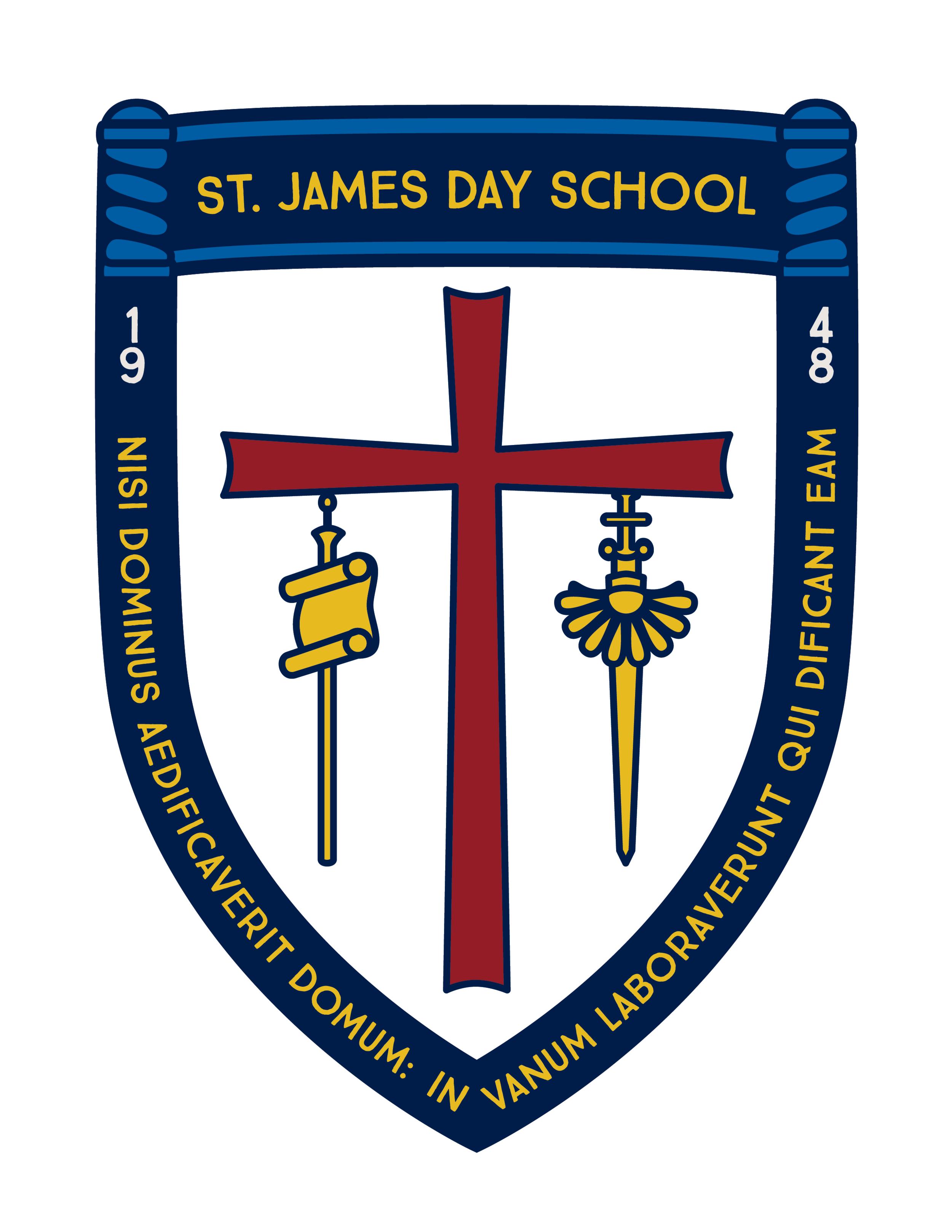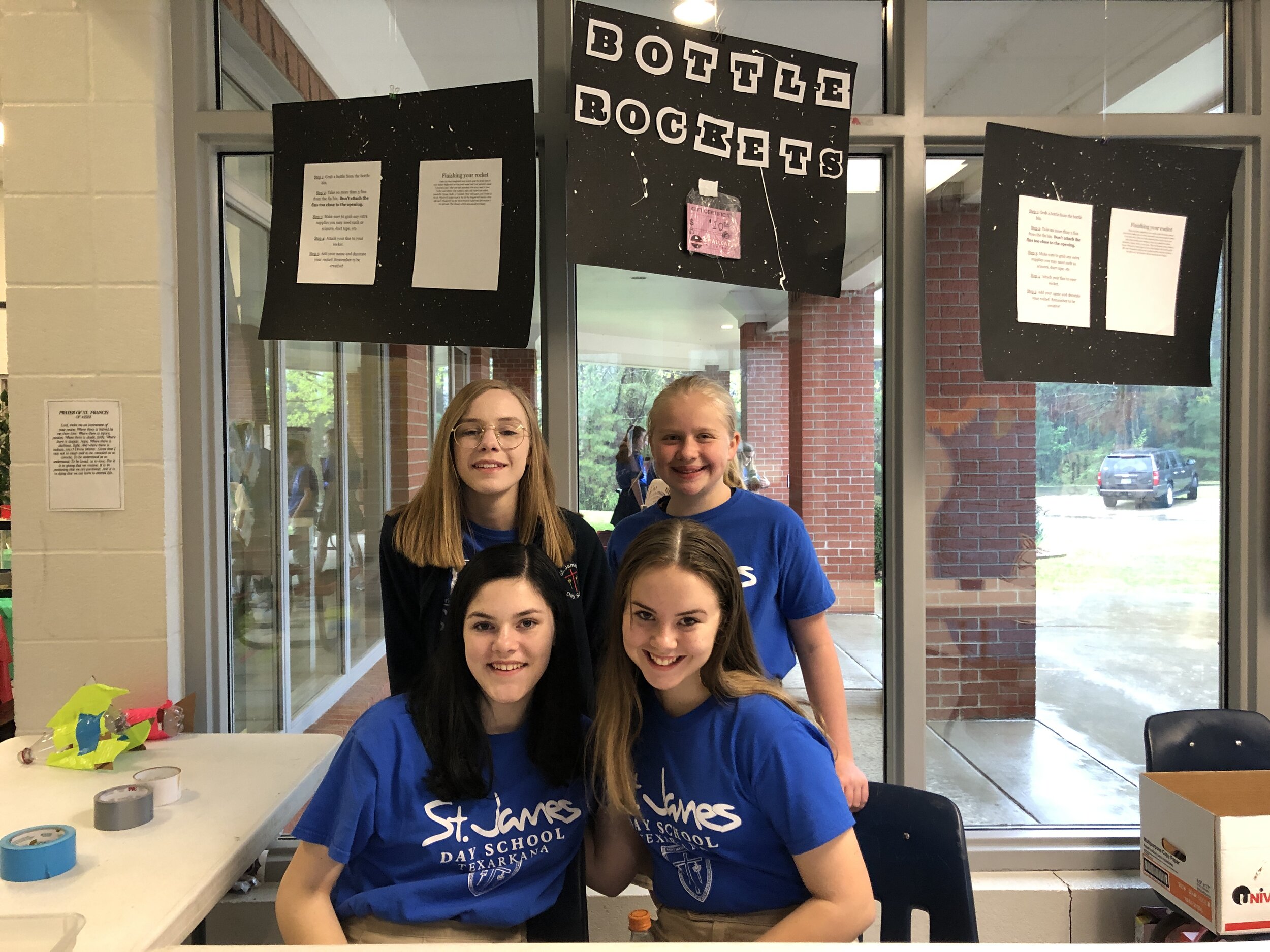By Susie Rogers 5th-8th ELA
Boom! Buzz! Pow! Onomatopoeia are words that throw a powerful punch within writing or dialogue. One of the most commonly used ones now embrace a brand-new meaning. By definition, zoom literally means to move or travel very quickly or to express sudden fast movement. Now ZOOM has exploded as the app that brings our distant learning together.
In this uncharted time, students and teachers are having to adapt to online learning. Without the instant feedback and clarification, everyone is having to adjust to this virtual school. Though I greatly miss my students’ interactions, (and hugs, and smiles, and jokes, and laughter) I have been so impressed with how they have embraced this new reality. With the help of Google Classroom, ZOOM, Remind, and emails, our students continue to thrive as learning scholars.
The seventh graders are reading Anne Frank: The Diary of a Young Girl and researching about Judaism, the Holocaust, and WWII. They have been able to take a virtual tour of the secret annex to help with the understanding of the setting, they have analyzed vocabulary words in context, and they have mimicked the diary form by documenting their own life.
During this quarantined period, it was the perfect time for them to create an All About Me project. This unique opportunity enabled students to discuss family stories, family trees, and favorite recipes since the they had to stay home! They documented their daily activities in a timeline, and they described their pets with poetry. Some showcased their talents by sending videos of them singing and/or playing the piano- and BOY, do we have some talented and creative students! This was an excellent way of learning about the whole student, not just when they are in school mode.
As a teacher, I look forward most to our ZOOM meetings where I can actually see their huge smiles and hear their sweet voices. We tell jokes, show off our pets, give virtual hugs, and ask any pressing questions. We have all agreed that this will definitely be a year we will never forget!













































































